Destinations
Spa 6750: Creating a Unique Spa Environment
Spa 6750 aims to create a unique spa environment as the only standalone spa that offers amenities competitive to five-star hotels at value-for-money prices.

 A relatively new player, opening only in 2007, Spa 6750 wants to “create a unique spa environment,” says Vicki Aldaba, general manager. “We are the only standalone spa that offers amenities competitive to five-star hotels at value-for-money prices.”
A relatively new player, opening only in 2007, Spa 6750 wants to “create a unique spa environment,” says Vicki Aldaba, general manager. “We are the only standalone spa that offers amenities competitive to five-star hotels at value-for-money prices.”
And Aldaba isn’t exaggerating.
Inspired by the style of architecture of European luxury lifestyle houses, principal architect Emmanuel Miñana designed the “streamlined contemporary yet retro aesthetic” of Spa 6750, which boasts of, among others, “meticulously handcrafted mother-of-pearl tables and sinks into the cocooning woven leather wingback lounge chairs strategically positioned against the natural and neutral colors of limestone and supa wood, truly a setting that can only please the mind and calm the soul.” Then there’s the “high-ceiling passageway, (broken by) zebra-striped doors and tailor-made niches in bully grass and nutmeg leather.” And then “the lighting is diffused and adjusted to emphasize the pure shape of an item of furniture, the tactile warmth of a piece of wood, the luxurious softness of a fabric, or the unique appearance of an object. The resulting effect is one of restrained elegance in this modern urban spa setting.”
The focus on the details allowed Spa 6750 to “set the benchmark for day spas.”
Offerings include massages (e.g. with the use of volcanic hot stones to activate key energy points, P2,625+; deep tissue sports massage, from P1,800+;and Wat Po, a variation of Thai massage, P2,250+), body scrubs (e.g. with Barako coffee with milk, P2,100+, and with sea salt, also P2,100+), foot spa(from P1,350+), and facials (from the sensual Signature 6750, P1,650+, to deep-cleansing Tea Tree Oil, P1,350+).
For more information, visit www.spa6750.com.
Travel
Checking the London Underground
UK’s London Underground serves millions every day, an example of a working train system (that we do not have in the Philippines). Sadly, 1 in 5 LGBTQIA+ travelers experience crime while using it, and 65% did not merit support from bystanders.
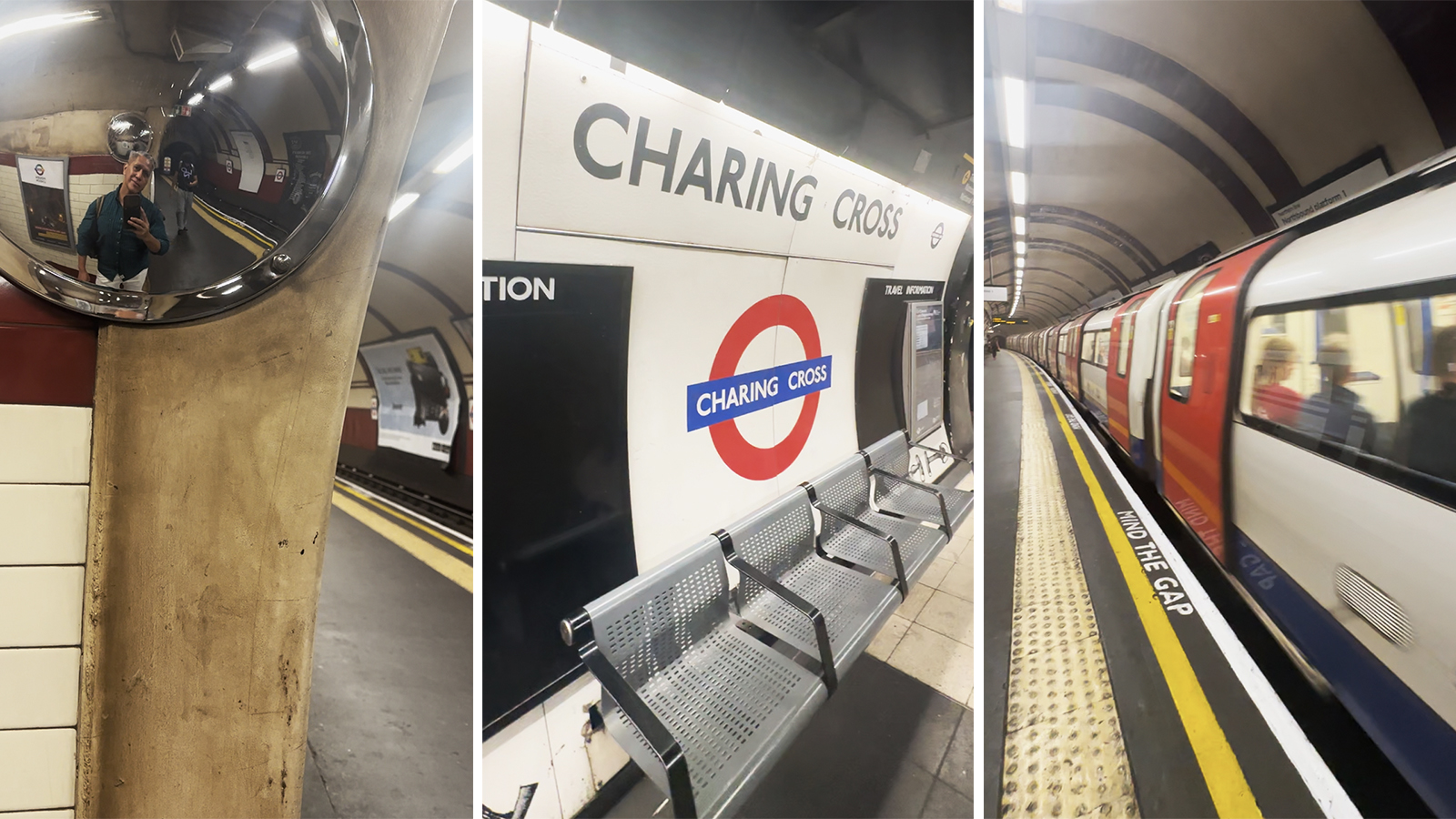
One way for Filipinos who are able to travel overseas can tell how bad our public transport system is, is by comparing the trains. We were invaded by White people in 1521, but – even now – we still only have three train lines.
@outragemag Check #LondonUnderground #trains in #London, aware it could be unsafe for #LGBT ♬ original sound – Outrage Magazine
UK, as an example, has the London Underground. Managed by Transport for London, this started in 1863 as the world’s first underground passenger railway. It now has 11 lines with 250 miles (400 kilometers) of track, with its 272 stations serving around five million passengers every day.
This isn’t a perfect system. Obviously, this is London-centric. It only serves the Greater London area, and some parts of the adjacent counties of Buckinghamshire, Essex and Hertfordshire in England. This is like saying na wala ngang LRT or MRT sa Bulacan o Cavite o Antipolo eh, and this lack highlights the exclusion of those also in need of proper public transport.
Looking at London’s train system through the LGBTQIA+ lens is actually disheartening… particularly if we talk not only about possibly meeting booking while riding trains. In 2023, London TravelWatch released a report that revealed that when LGBTQIA+ people used public transport:
- One in five (21%) experienced hate crime in the past year while travelling on public transport in London
- Four in five (82%) respondents changed their behavior or appearance to ‘fit in’ so they avoid abuse or harassment when travelling
- 65% of those who experienced abuse or harm when travelling in London said bystanders witnessed the incident but did not intervene
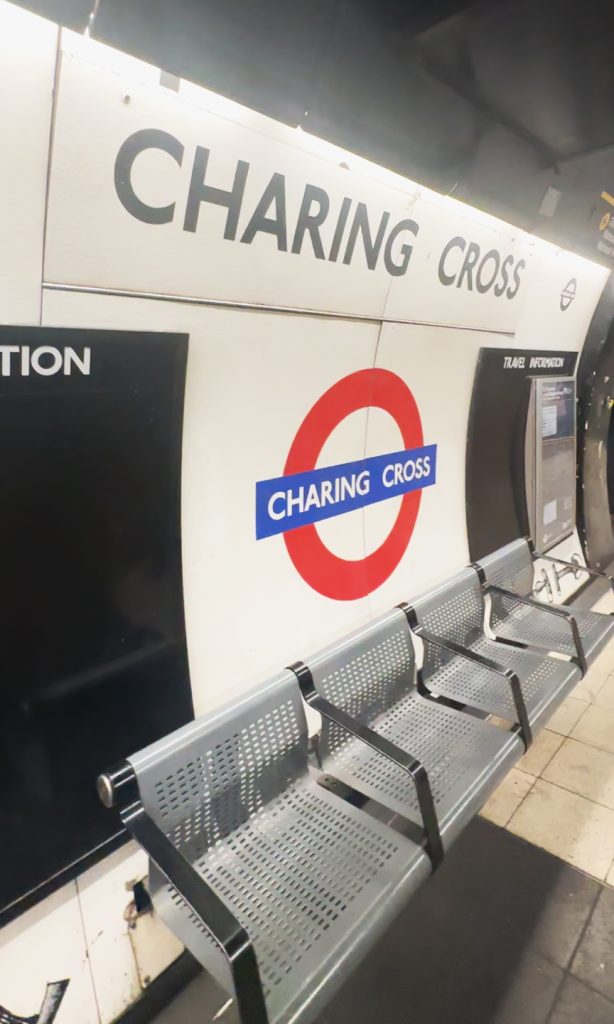
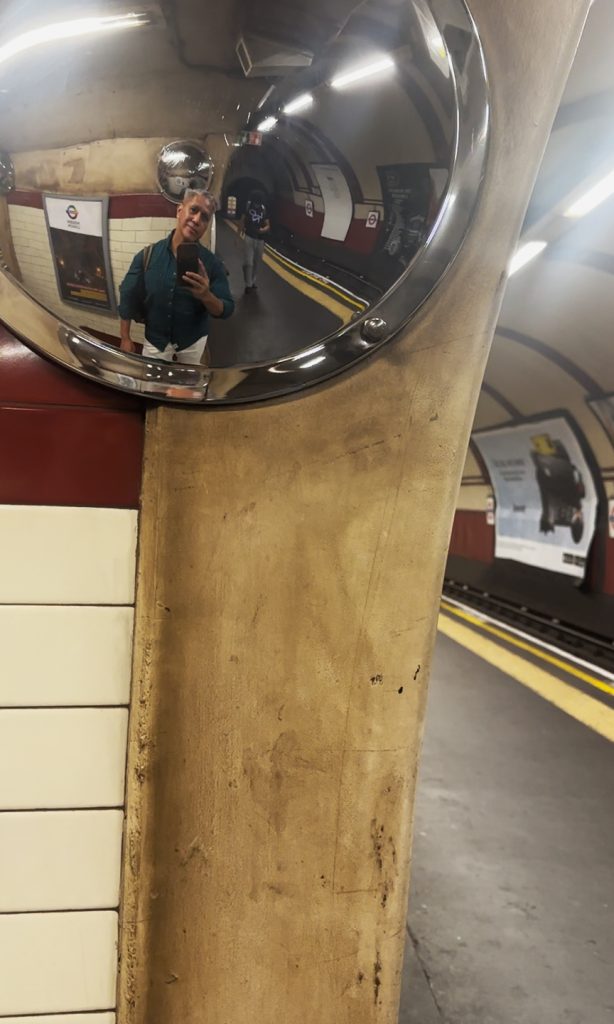
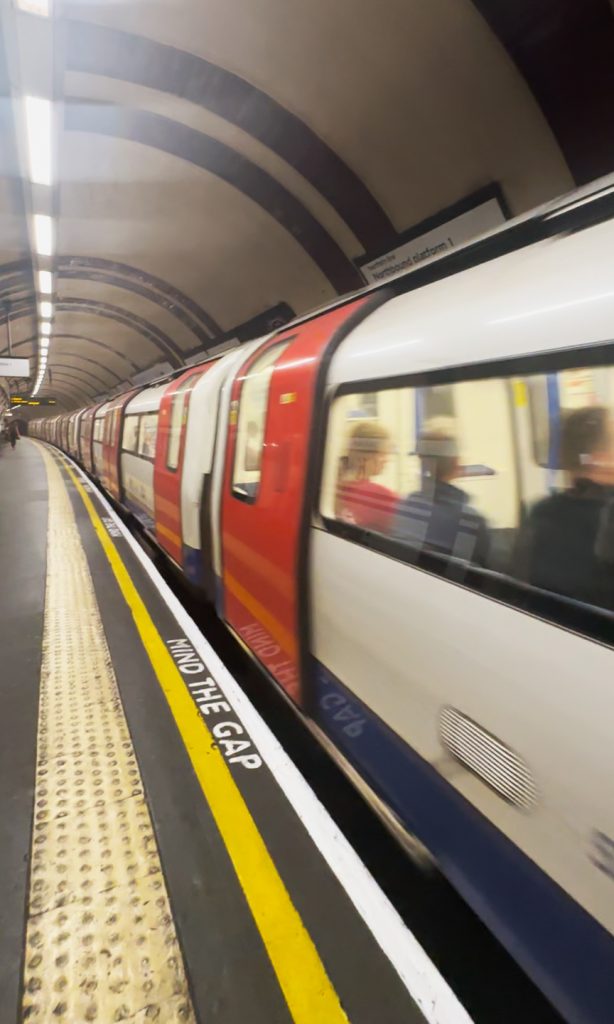
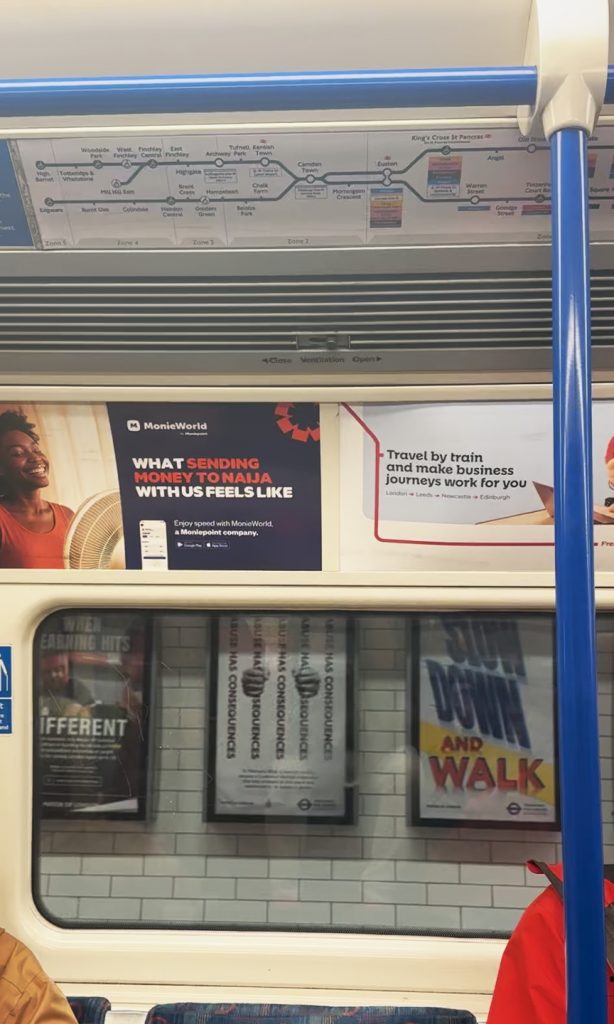
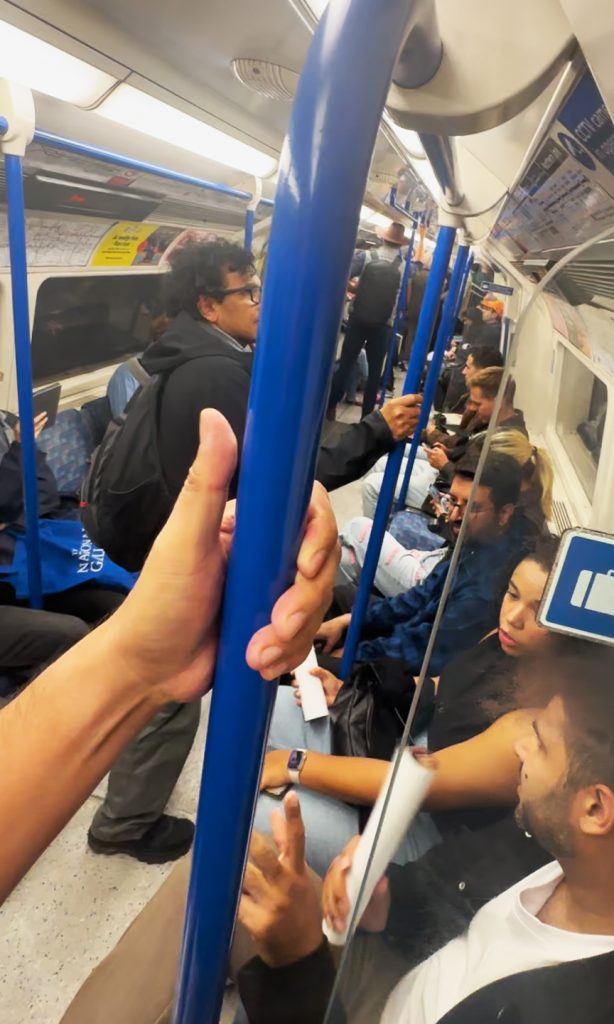
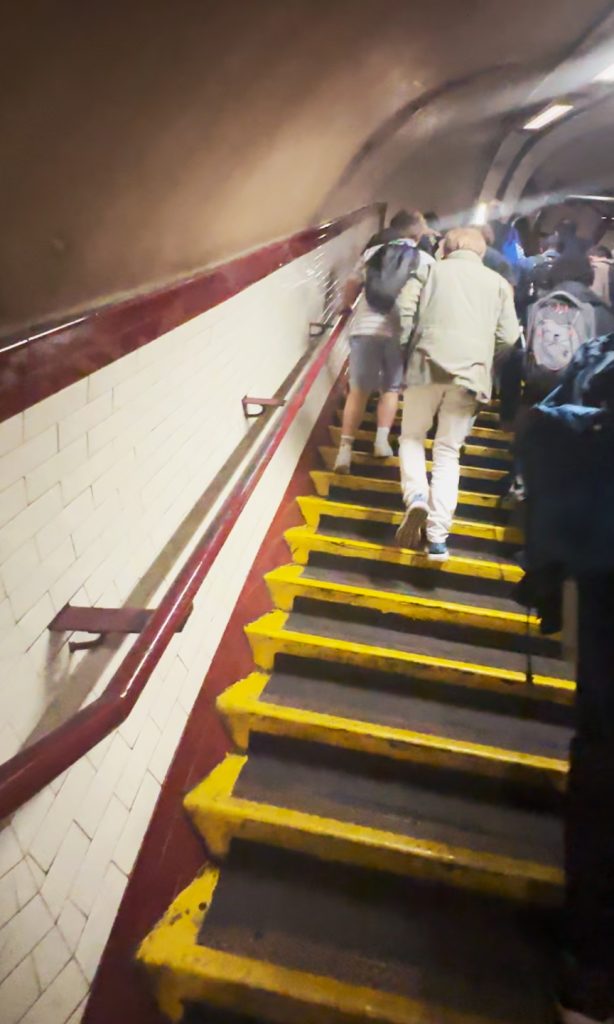
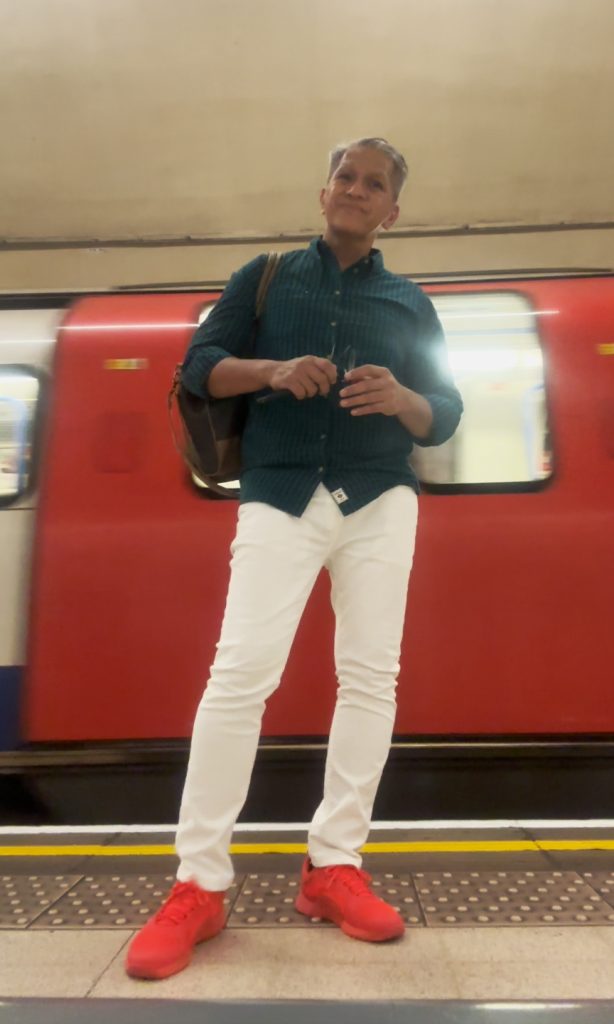
Lesson learned lang din: that even in spaces that better people’s lives, like a working train system, there are minority sectors that could be disadvantaged. And so this must always be considered to make sure all spaces are truly inclusive.
But off we go for more LGBTQIA+ rampa…
Destinations
London has The Monument to remember the fire that destroyed the city, but failed to learn lessons from what happened
Do you know of the #GreatFireOfLondon? #London has a monument for that but some anti-minority (including #LGBT) lessons are not learned.
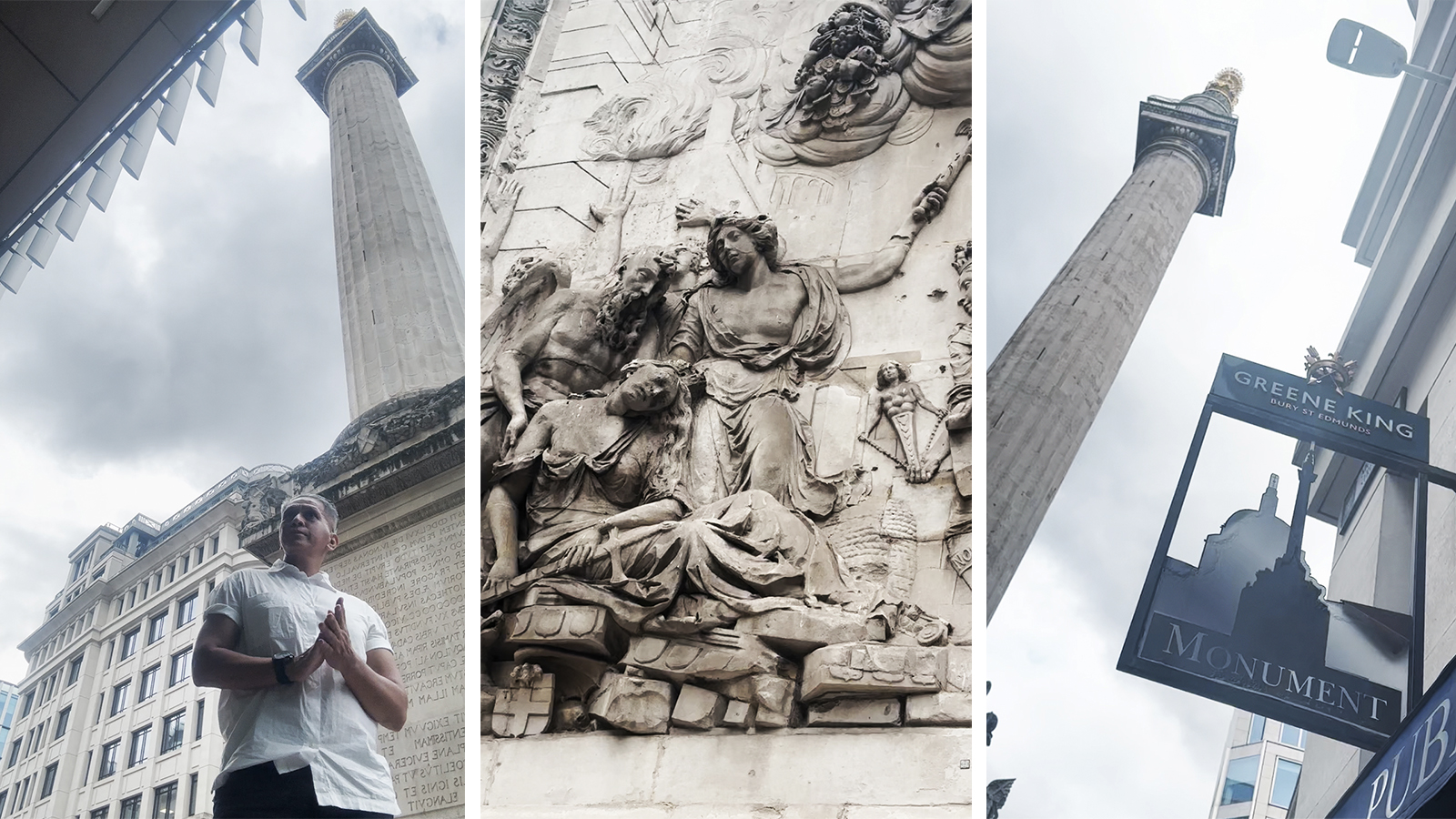
In London in 1666, fire broke somewhere in Pudding Lane, with the blaze raging for days to – basically – gut the medieval City of London inside the old Roman city wall, though eventually extending past the wall to the west of London, and then swallowing almost the entire city.
@outragemag Heard of #GreatFireOfLondon before? #London has #TheMonument for that even if anti-minority (including #LGBT ♬ original sound – Outrage Magazine
The death toll, or yung dami ng namatay, is still contested even now. But some things are generally accepted as true, including:
- How the fire started in the bakeshop of the king’s baker, Thomas Farriner. So he is now eternally blamed for the fire, kahit na baka naman nakatulog lang siya dahil sa pagod sa trabaho. His boss nga eh, the king, did not know a single day of work because his position of power and wealth that came with it were inherited.
- The mayor at that time, Thomas Bloodworth, actually hesitated to make moves to stop the fire, though this is something we already expect from our politicians who – surprise, surprise – still manage to get elected anyway.
- There was blaming of the “others”, including immigrants, homeless people, and so on for causing the fire; this blaming of non-Whites is still common in the UK even now, even if the real abusers are those in positions of power as they make us fight among each other while they live in abundance.
Anyway, to commemorate what they now call as the Great Fire of London, and to mark na rin the rebuilding that followed, they established the Monument to the Great Fire of London. Also called as The Monument, it’s at the junction of Monument Street and Fish Street Hill.
Designed by Robert Hooke, and completed in 1677, The Monument is a column built of Portland stone, with a gilded urn of fire topping it. There is a viewing platform near the top, na ma-a-access through a narrow winding staircase of 311 steps.
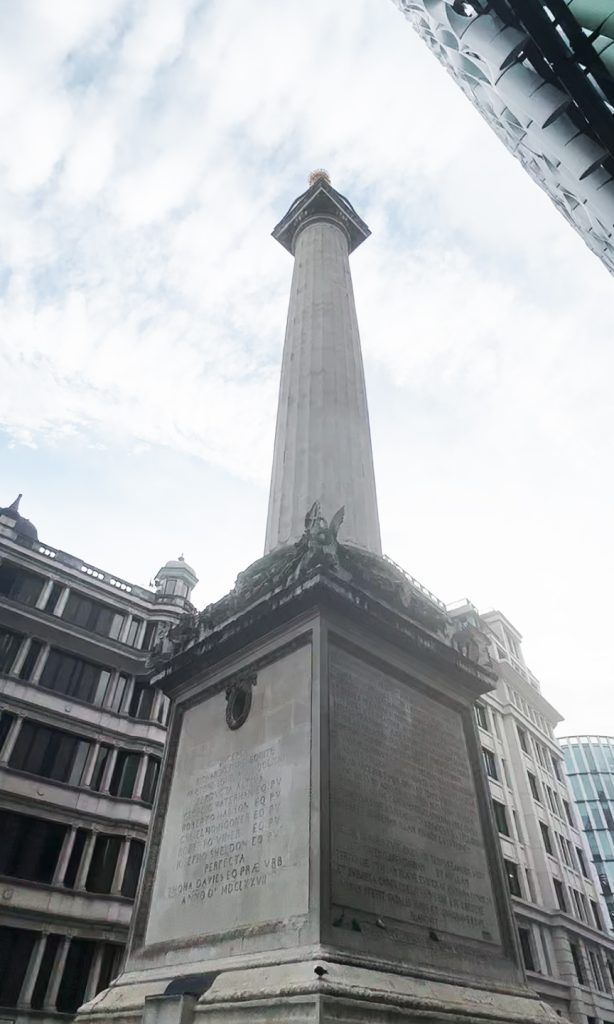
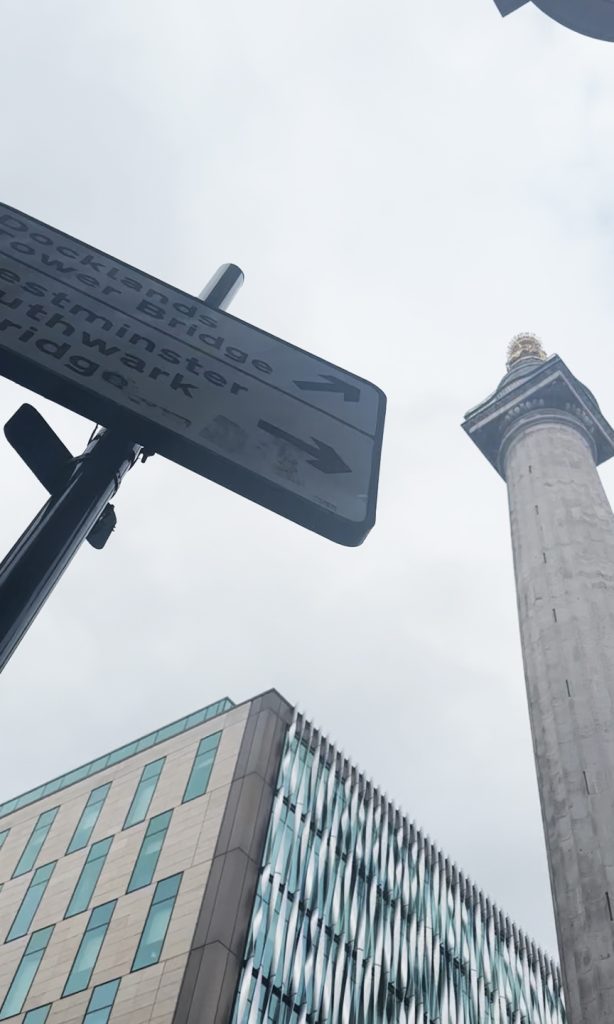
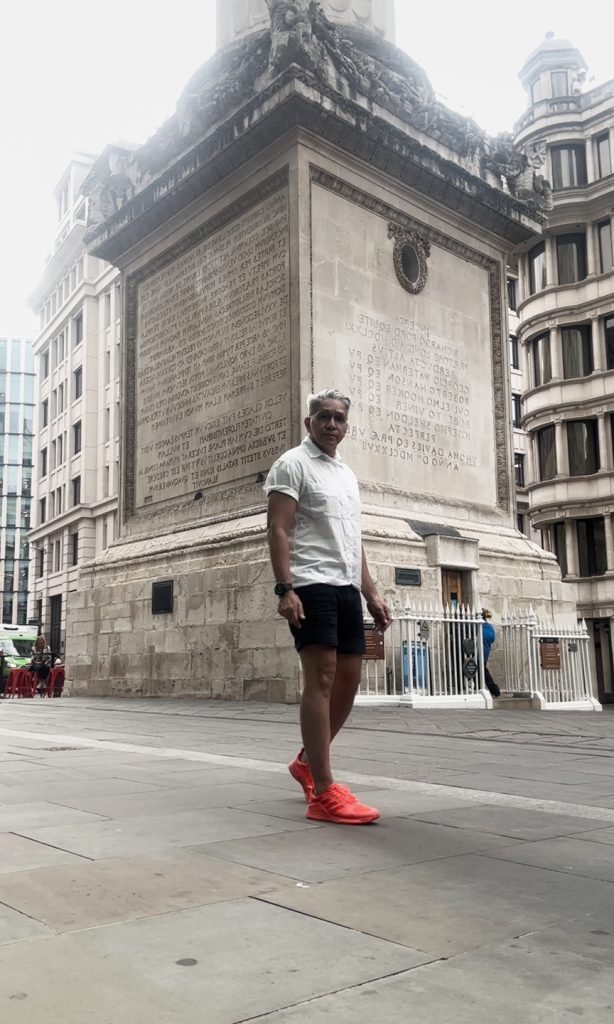
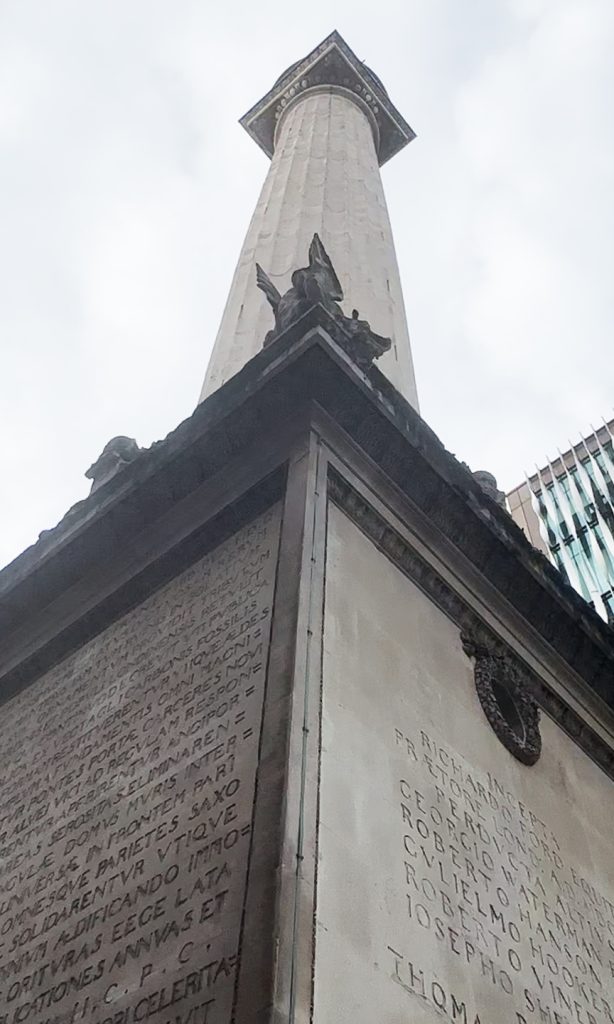
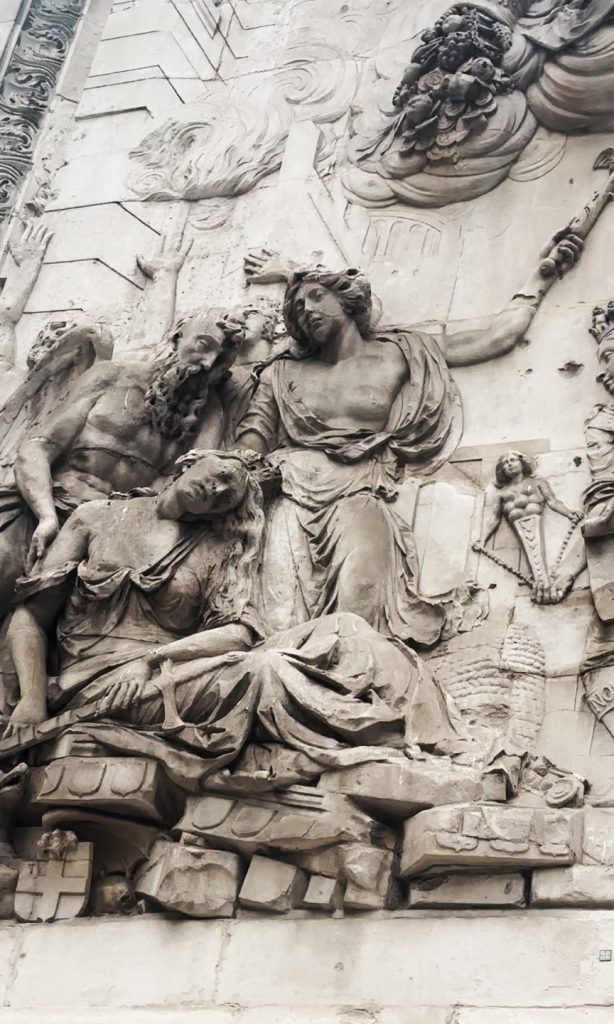
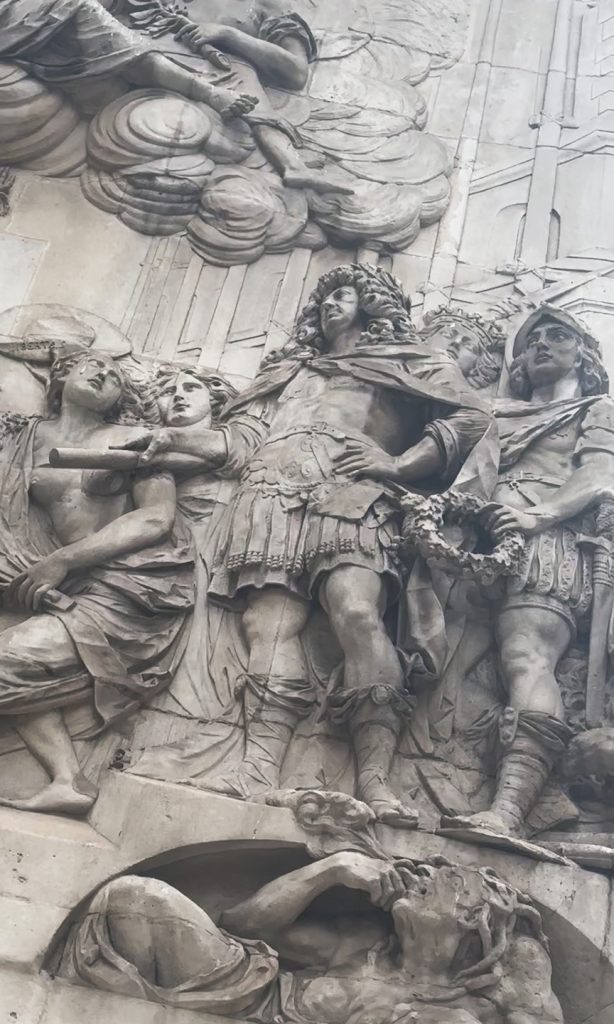
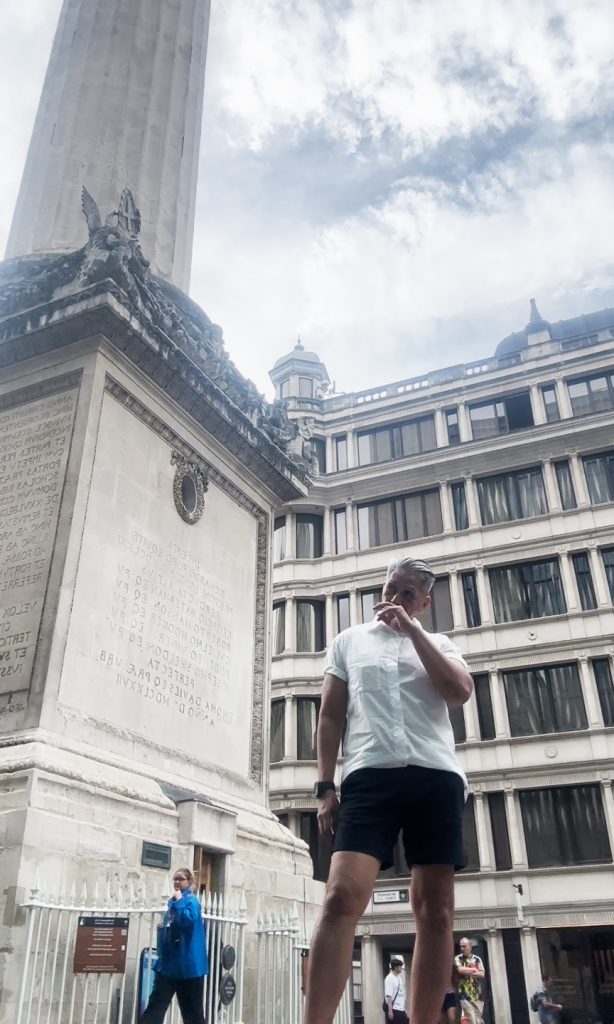
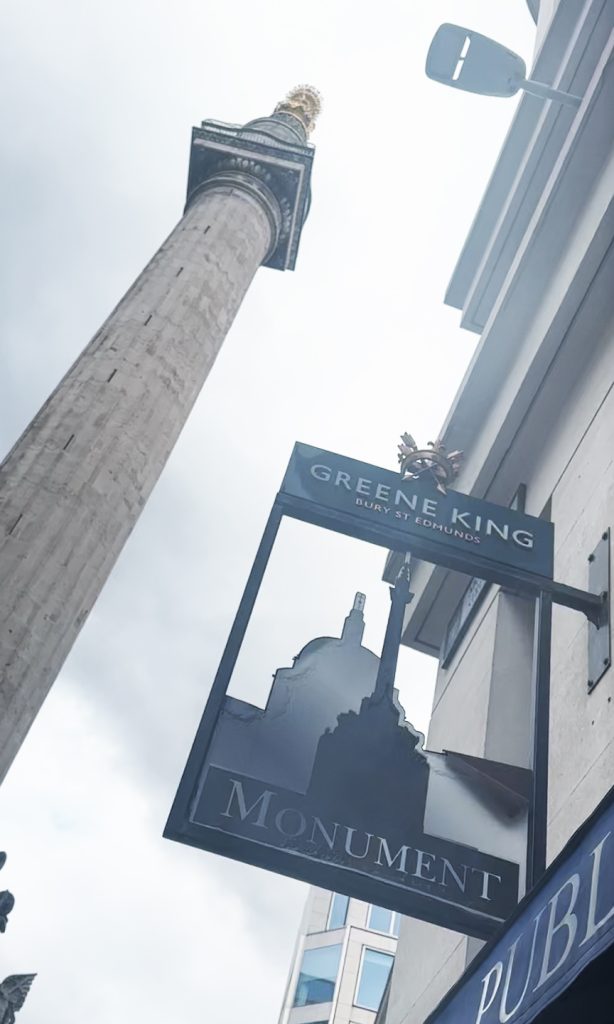
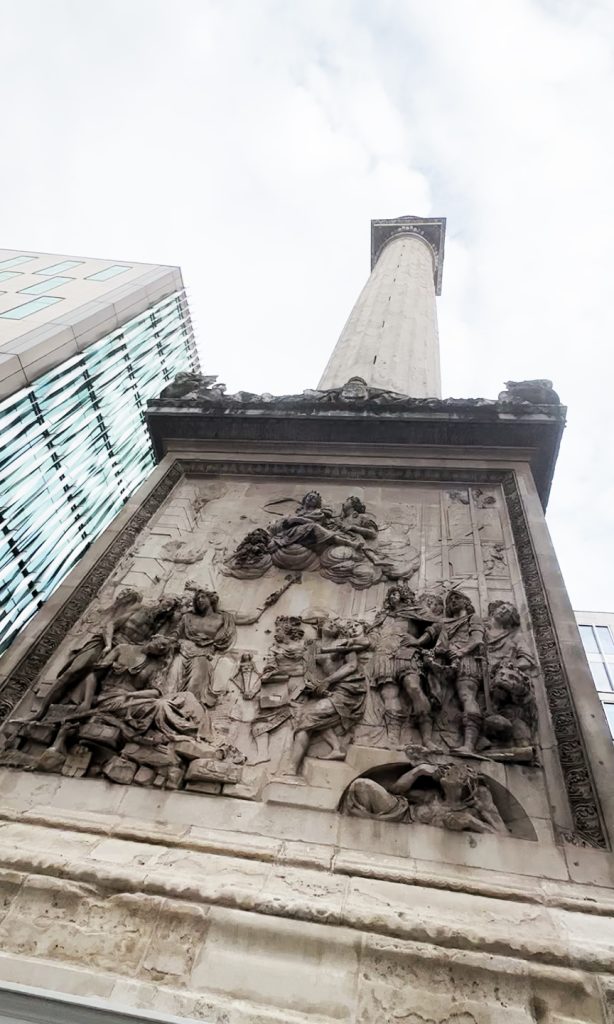
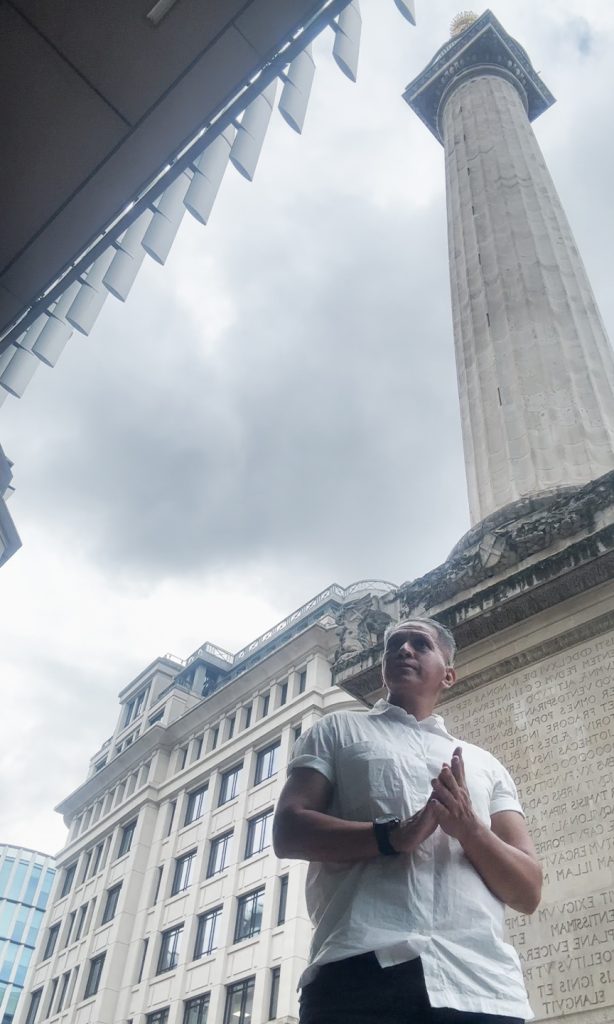
Sa Pilipinas, wala nga tayong great fire, but we have the never-ending ultra-great floods. Our politicians don’t care, too, focusing sa pagpapayaman through nakaw. But we don’t have markers; instead, we just have ruined lives. So yung lessons all the way from 1666, all the way from London, walang nakakarinig, as we all just look at the monuments and not their lessons…
But off we go for more #LGBTQIA+ rampa…
The Monument is located at the junction of Monument Street and Fish Street Hill in the City of London.
Destinations
Your idea of the ‘London Bridge’ is false… thanks to erroneous marketing pandering to our lookism
If you think of the #LondonBridge’, the idea that emerges is the #TowerBridge, thanks to our #lookism abused by misdirected #branding #marketing. Discovered during this #LGBT wandering.
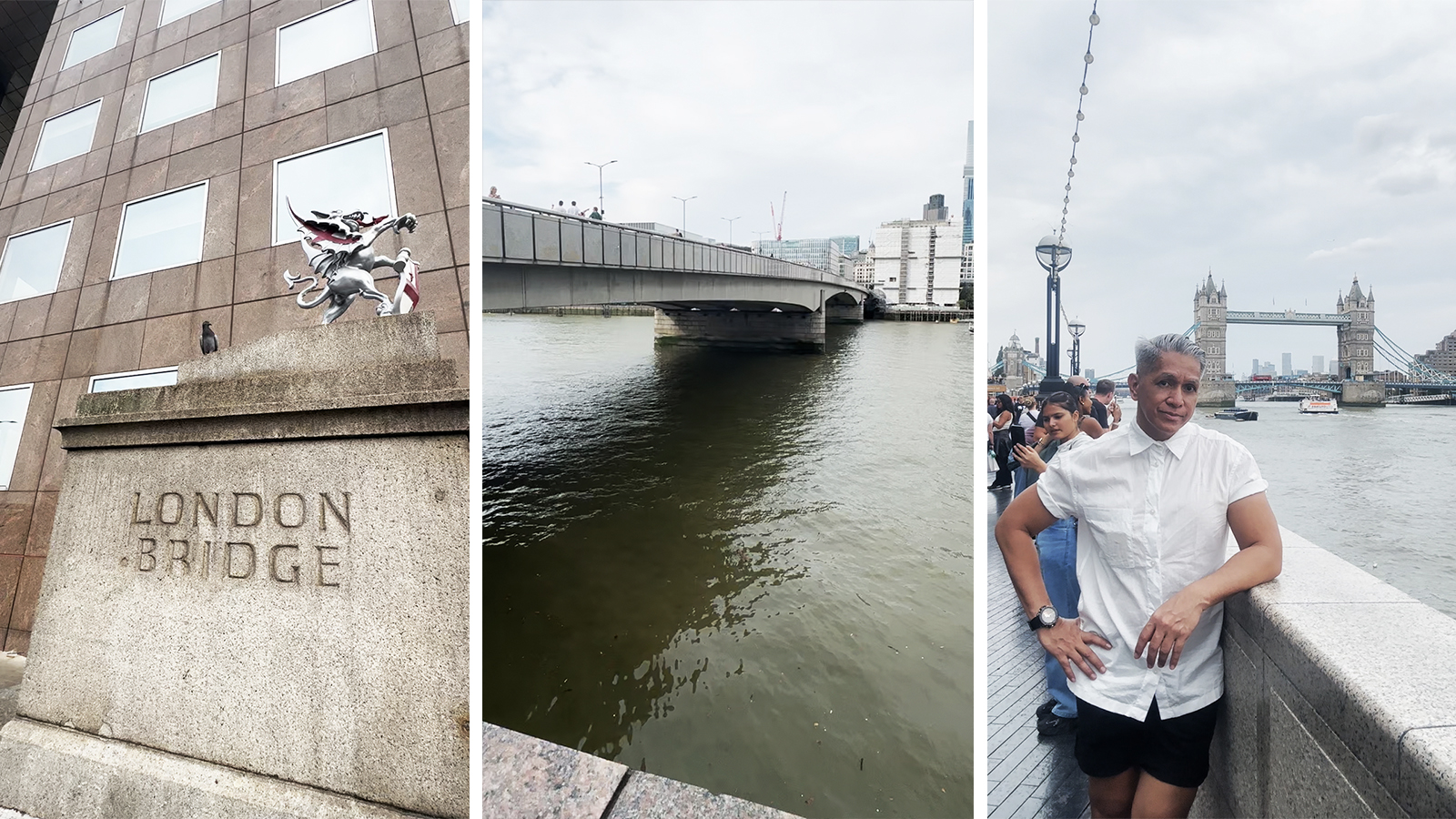
There’s a phenomenon called the Paradox of Information, wherein – surprisingly – the abundance of information actually leads to poorer decision-making because of reduced intelligence because of the superficial understanding of complex issues.
So while you can Google information, comprehension is a completely different matter altogether.
Case in point? The London Bridge in England.
@outragemag Did you know there are 2 #London bridges? The popular #LondonBridge is the #TowerBridge, discovered during this #LGBT #travel ♬ original sound Outrage Magazine
So… for those who do not know, the image associated with the London Bridge is actually the Tower Bridge. Erroneous linking lang due to branding; that is, the London Bridge may be the most famous bridge in London, but the bridge that has been used to promote London is a different bridge altogether, the Tower Bridge.
Magkatabi lang sila; they’re near each other, along River Thames.
London Bridge is the oldest river crossing in London, and mahaba ang history nito.
Timber bridges were built by the Romans over 600 years ago. This was followed by a 600-year-old stone-built bridge. Then there’s the 19th century stone arched bridge designed by Scottish civil engineer John Rennie. Then the concrete and steel bridge in use today was opened by the late Queen Elizabeth II in 1973.
The thing is: this bridge may be historical, but it looks common.
Which is why you don’t see it in movies or postcards or socmed uploads and so on.
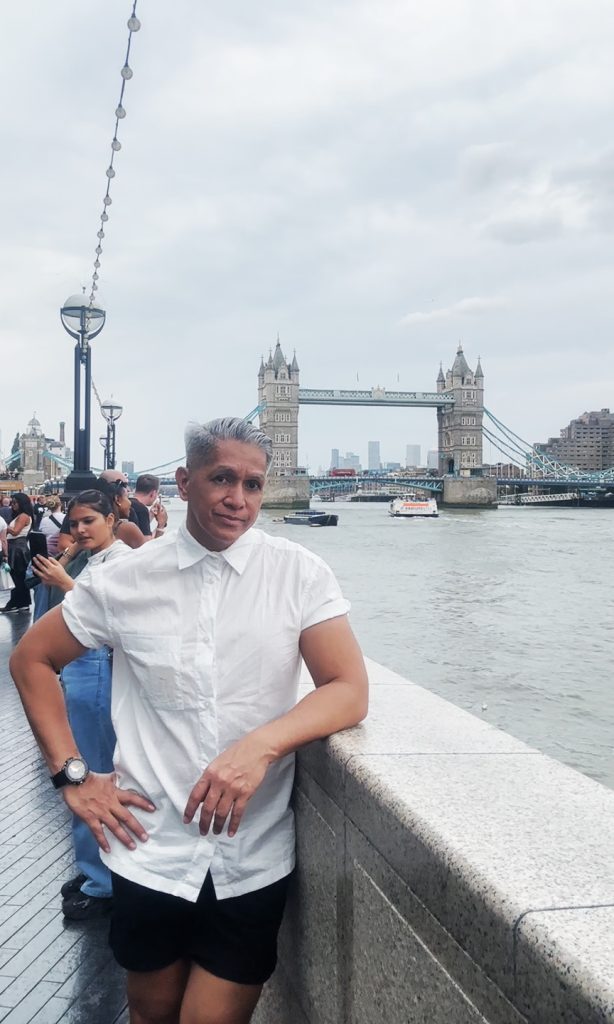
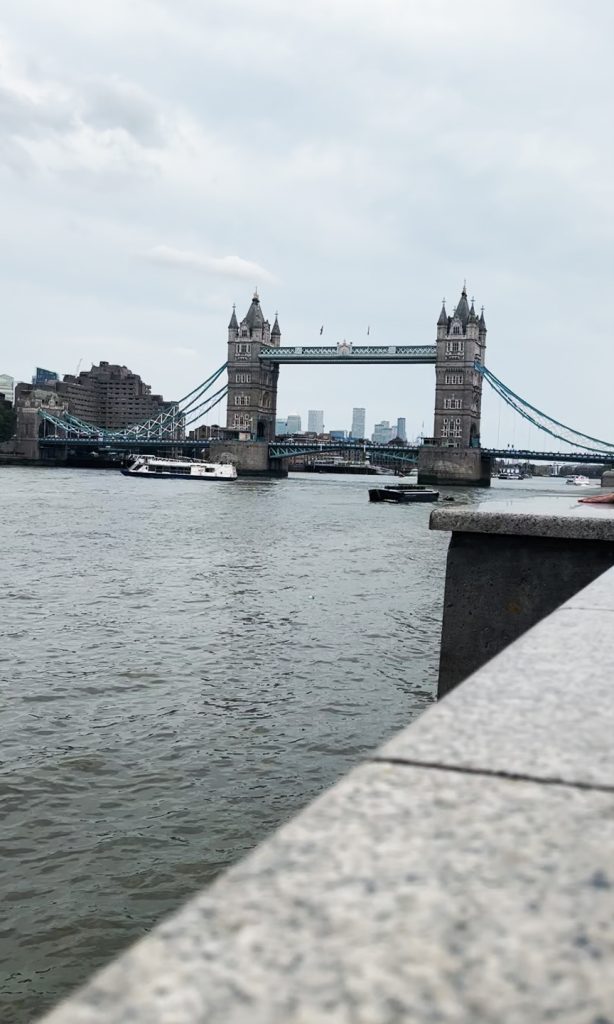
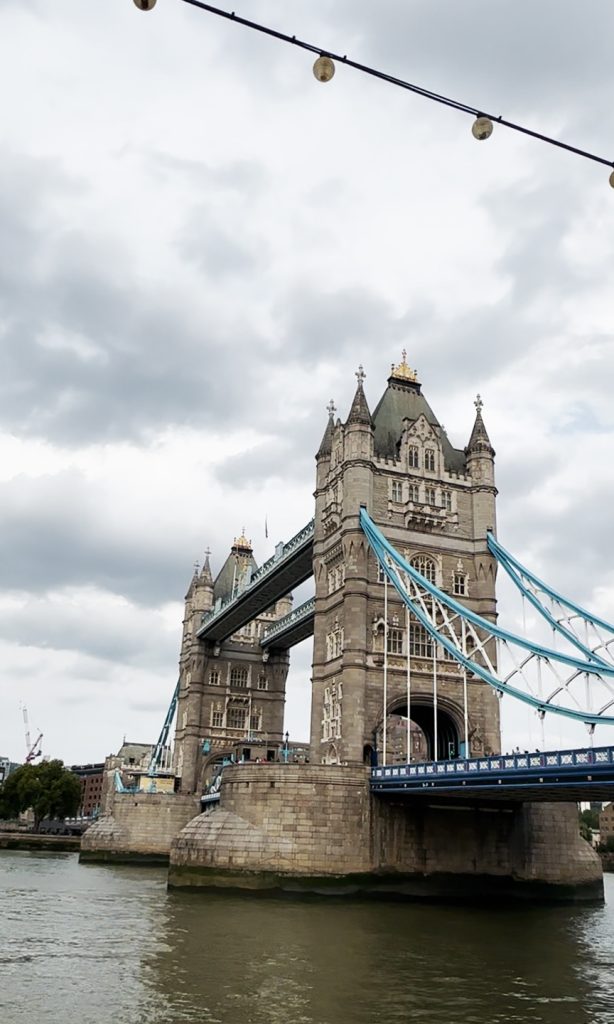
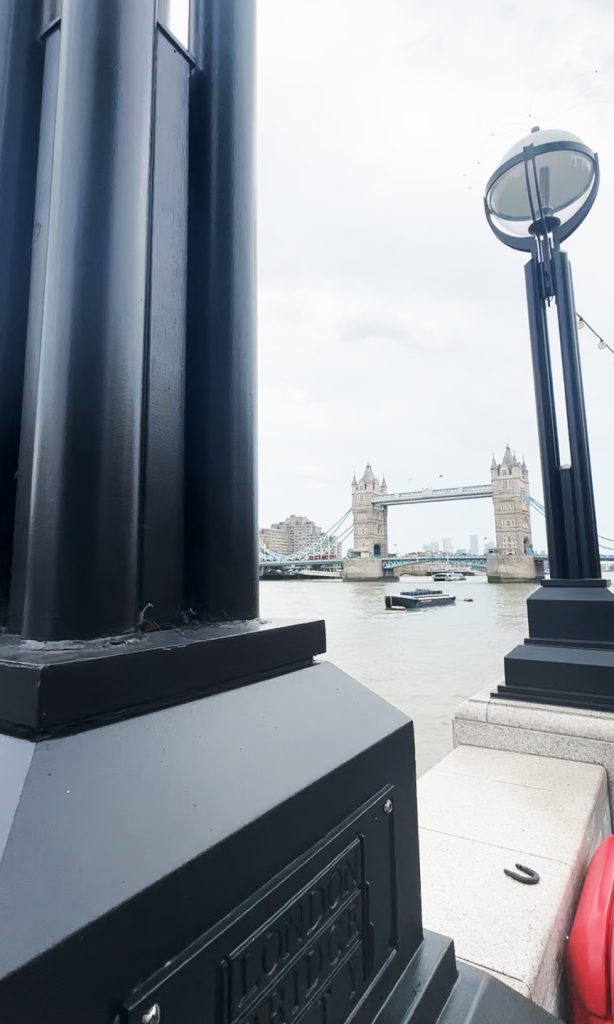
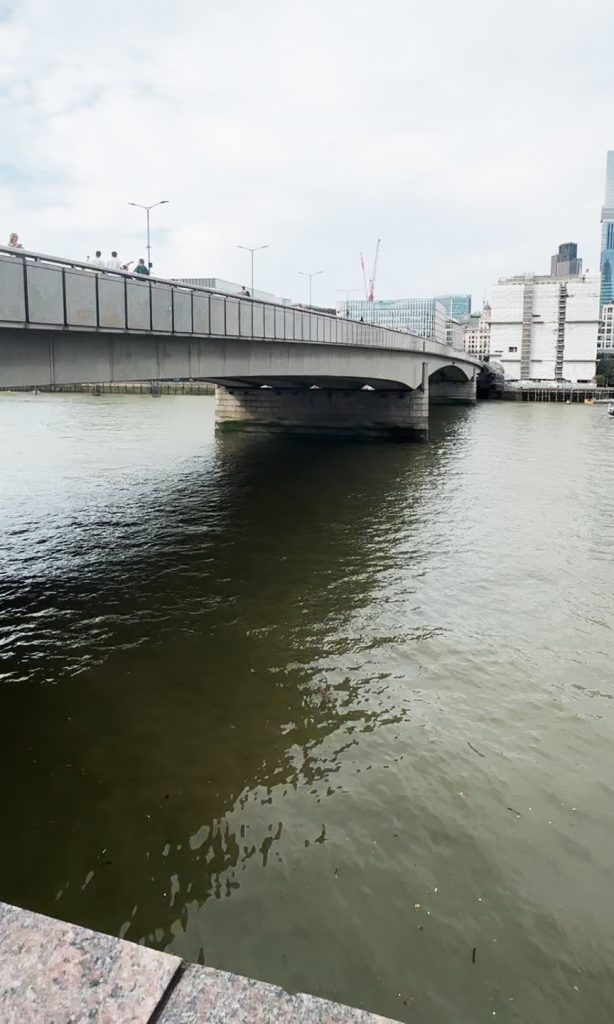
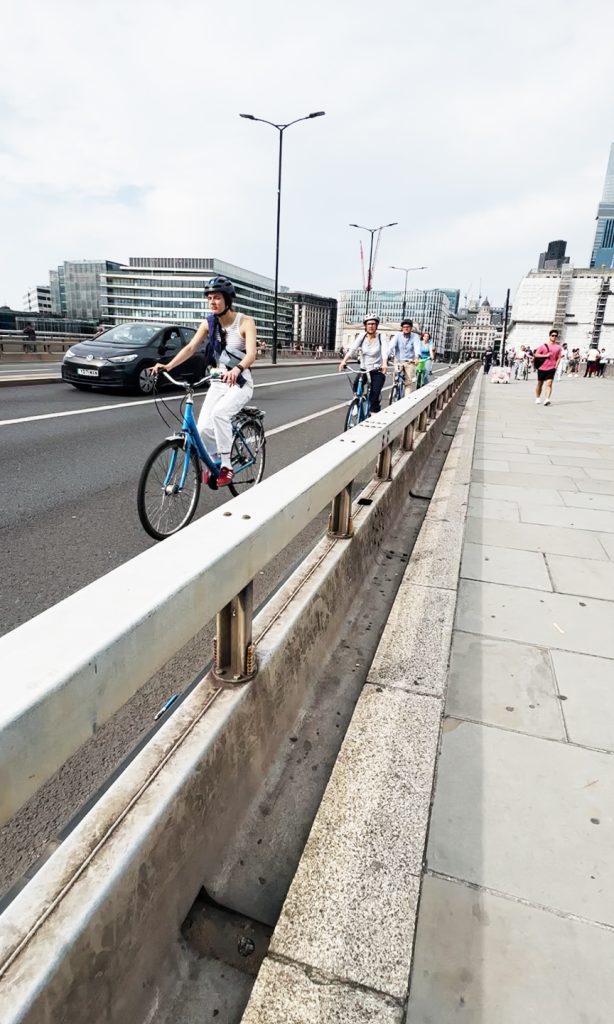
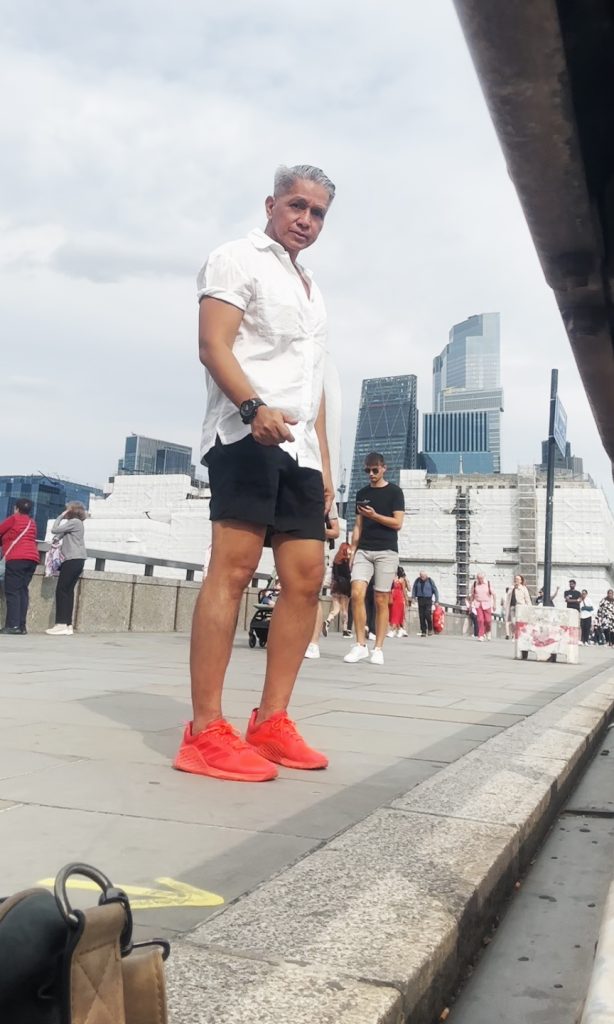
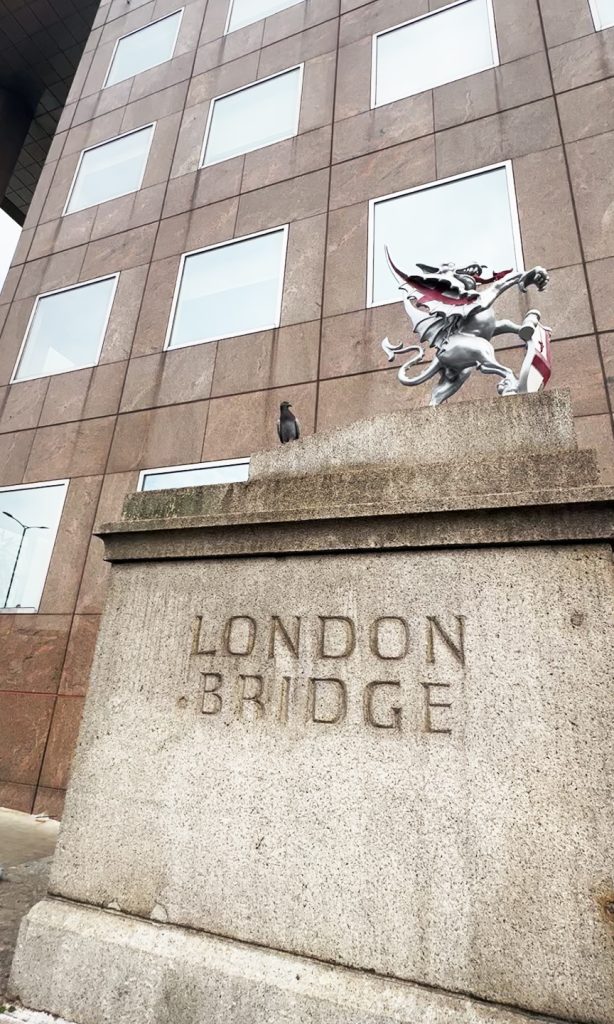
Instead, you see the Tower Bridge.
This one was built in 1894, with a Neo-Gothic design that blends with the Tower of London. This was designed by Sir Horace Jones, and helped implemented by Sir John Wolfe Barry.
So eto na nga… there are some lessons to be learned here:
- Just because we think we know, doesn’t mean we do.
- That ang laki ng impact ng marketing sa buhay natin, changing the ways we perceive the world.
- That we can all be lookist; mas sikat ang mas maganda, even if mas historical ang di kagandahan.
- And yet… we can learn naman.
So off we go pa for more #LGBTQIA+ rampa…
-

 NewsMakers3 weeks ago
NewsMakers3 weeks agoUnderstanding hypertrophic cardiomyopathy
-

 Pet Care3 weeks ago
Pet Care3 weeks agoBack-to-school season can be ruff on pets
-

 NewsMakers3 weeks ago
NewsMakers3 weeks agoPlant-based nutrient improves immune cells’ ability to fight cancer
-

 Home Care3 weeks ago
Home Care3 weeks agoExplore the benefits of a bathroom upgrade
-

 Nutrition3 weeks ago
Nutrition3 weeks agoProtein-packed sweet treats
-

 Nutrition3 weeks ago
Nutrition3 weeks agoPower your summer with 100% orange juice
-

 Destinations2 weeks ago
Destinations2 weeks agoFinding Neverland in London
-

 NewsMakers3 weeks ago
NewsMakers3 weeks agoForget materialism, a simple life is happier: research



















